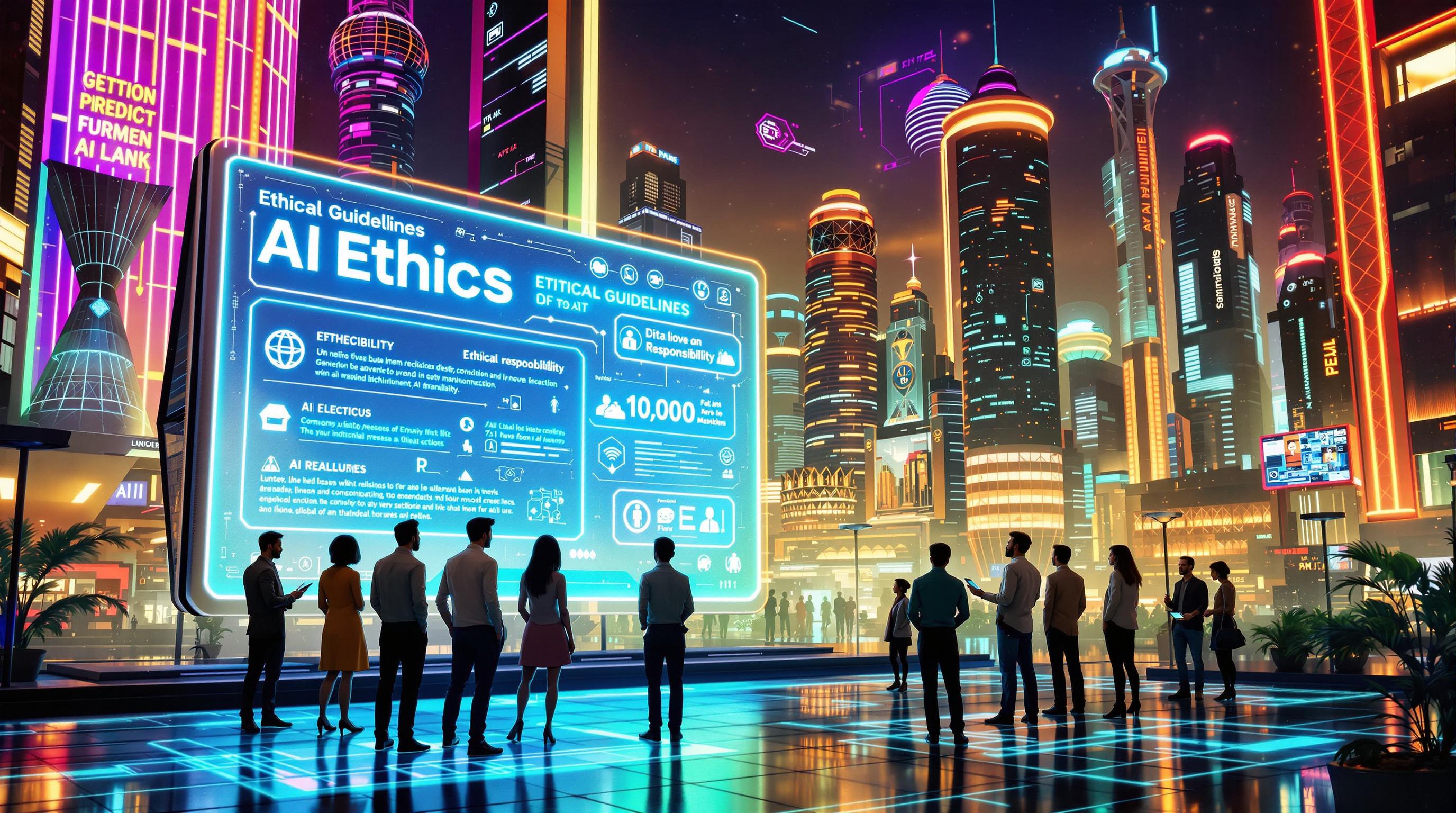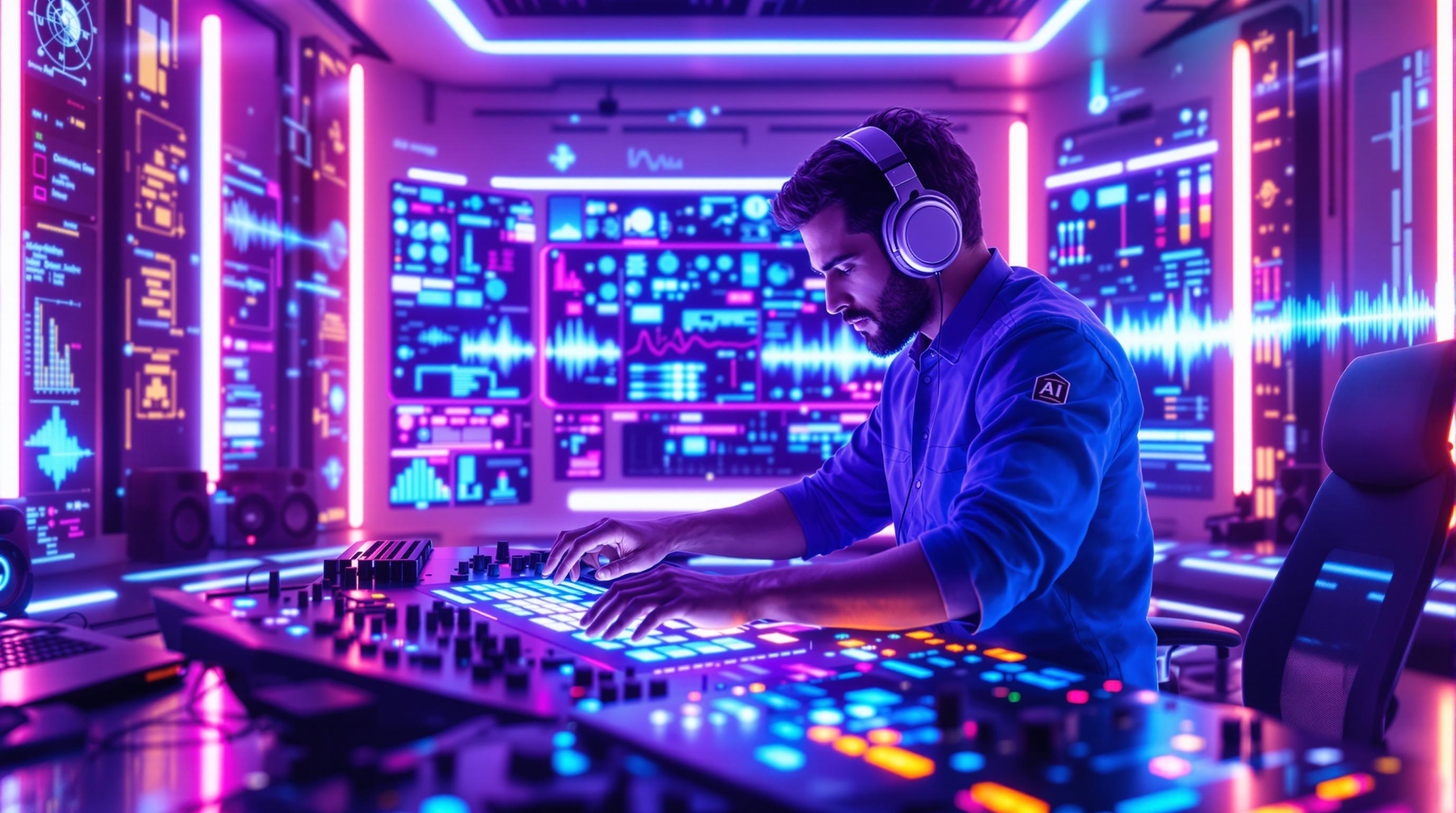AI fall detection systems use sensors and machine learning to monitor movements, detect falls, and alert caregivers or emergency services. These systems are designed to protect older adults by identifying falls in real time and ensuring quick responses. Here's how they work:
- Sensors: Devices like accelerometers, gyroscopes, and depth sensors track movement, body orientation, and spatial positioning.
- AI Algorithms: Analyze patterns, filter out false alarms, and predict fall risks based on real-time and historical data.
- Alerts: Automatically notify emergency contacts or healthcare providers when a fall is detected.
- Privacy: Data is processed locally or encrypted to protect user information.
AI fall detection systems not only detect falls but also analyze movement patterns to predict risks and prevent future incidents. This technology ensures 24/7 monitoring, faster response times, and improved safety for individuals at risk of falls.
AI-assisted Fall Detection & Remote Monitoring for Seniors ...
Key Parts of AI Fall Detection
AI fall detection systems rely on a combination of sensors, algorithms, and alert features to monitor movement and trigger emergency responses when needed.
Sensor Types
These systems use various sensors to track motion and spatial data. Here's a breakdown:
| Sensor Type | Function | Data Collected |
|---|---|---|
| Accelerometers | Measure movement acceleration | Acceleration and velocity changes |
| Gyroscopes | Track body orientation | Angular position and rotation |
| Depth Sensors | Capture spatial positioning | Spatial coordinates and depth maps |
| Pressure Sensors | Monitor weight distribution | Variations in ground force |
Sensors can be integrated into wearable devices or installed in fixed locations for constant monitoring.
AI and Machine Learning
The "brain" of fall detection systems lies in their AI algorithms, which process sensor data through several key steps:
- Data preprocessing: Removes noise and standardizes input data.
- Pattern recognition: Identifies movement patterns that might indicate a fall.
- Contextual analysis: Considers environmental factors and the user's activity history.
- Decision making: Determines whether to trigger a fall alert.
Machine learning models are trained on large datasets that include examples of both falls and regular activities. This training helps the system differentiate between genuine falls and similar movements. Once a fall is confirmed, the system activates its response protocol.
Alert Systems
When a fall is detected, the system takes immediate action to notify the appropriate contacts. This process usually includes:
- Initial assessment: Confirms the fall event.
- User verification: Allows the individual to cancel the alert if they are able.
- Notification distribution: Sends alerts to emergency contacts, monitoring centers, or healthcare providers.
These steps ensure timely and accurate responses in emergencies.
Fall Risk Analysis Methods
These systems go beyond real-time alerts by analyzing and predicting fall risks using advanced data processing.
Movement Pattern Analysis
AI algorithms track key movement metrics to spot potential risks:
| Movement Parameter | What AI Monitors | Risk Indicators |
|---|---|---|
| Gait Speed | Consistent pace | Variations in speed |
| Step Length | Distance between steps | Shortened or uneven steps |
| Balance Control | Body sway patterns | Excessive swaying or instability |
| Turn Quality | Smoothness of rotation | Jerky or uncontrolled turns |
By comparing these metrics to baseline data, the system identifies any concerning changes.
Risk Factor Detection
AI systems also identify various risk factors that could increase the likelihood of falls:
- Environmental: Detects obstacles, uneven surfaces, and inadequate lighting
- Physical: Tracks vital signs and signs of fatigue
- Contextual: Considers time, location, and activity type
Risk Prediction
Using a combination of historical data and real-time inputs, the system creates a risk profile. It analyzes movement patterns and environmental conditions to predict potential falls. Short-term alerts are issued for immediate risks, while long-term trends are monitored using personalized thresholds.
The system dynamically adjusts its sensitivity and alert settings to match changing risk levels, ensuring timely and appropriate responses.
sbb-itb-f88cb20
24/7 Monitoring System
AI fall detection systems work nonstop, analyzing data in real time to detect and respond to falls. This constant vigilance ensures rapid and detailed responses, no matter the time of day.
Live Data Analysis
These systems use advanced algorithms like neural networks, edge computing, and 3D mapping to process multiple data streams. They monitor vital signs through biometric analysis while also assessing environmental factors. This combination helps detect falls quickly and reduces false alarms.
Alert Distribution
When a potential fall is detected, the system follows a clear alert process:
- Primary Alert: A notification is immediately sent to the monitoring center.
- Verification Check: An automated voice system confirms the incident.
- Emergency Contact Chain: Alerts are sent to designated contacts based on the situation's urgency.
This layered method ensures the right response is prioritized for each incident.
Emergency Response
If a fall is confirmed, the system activates its emergency protocol:
- Initial Assessment: Impact data and vital signs are analyzed to determine severity.
- Location Tracking: The exact indoor location is identified for responders.
- Medical Data Transmission: Relevant medical history, vital signs, and incident details are shared with first responders.
This streamlined process helps ensure quick medical attention, which can make a big difference in recovery after a fall.
System Strengths and Limits
Key Benefits
AI-powered fall detection systems are designed to improve detection accuracy and cut down on false alarms using machine learning. By recognizing patterns, these systems can tell the difference between everyday movements and actual falls. Here are some standout advantages:
- Real-time analysis ensures quick responses during emergencies.
- Learning from user behavior allows the system to adjust to individual movement patterns.
- Multiple sensors working together provide thorough monitoring for better reliability.
Privacy Concerns
Privacy is a major focus for AI fall detection systems. To protect user data, these systems often include features like:
- Encrypting personal and health-related data.
- Processing most information locally on edge devices instead of cloud storage.
- Only recording data related to incidents and discarding anything unnecessary.
Some companies are also testing less invasive methods, such as anonymizing visual data, to maintain privacy while keeping detection effective. These efforts are a step forward but leave room for further refinement.
Next Steps
To build on existing capabilities and address current challenges, future developments are focused on:
- Better integration with living environments to fine-tune sensitivity based on specific conditions.
- Smarter predictive algorithms that can identify subtle changes in walking or balance.
- Wider sensor coverage to minimize blind spots and improve overall performance.
These updates aim to deliver more dependable fall detection while continuing to prioritize user privacy and system efficiency.
Wrapping Up
AI fall detection systems combine advanced sensors, AI-driven analysis, and smart alert protocols to help protect individuals at risk of falls. By using a mix of sensors and real-time machine learning, these systems can detect falls quickly and trigger immediate assistance. This technology is reshaping how we safeguard vulnerable individuals, offering a new level of automated monitoring and response.
How These Systems Improve Safety
These systems bring a new layer of safety by continuously monitoring and responding to potential falls. They are designed to reliably detect incidents and prevent further harm, making them a valuable tool for both healthcare environments and home care settings.
Finding the Right AI Fall Detection Tools
If you're a caregiver or provider looking for AI-based fall detection solutions, Best AI Agents is a great resource. Their healthcare section highlights tools specifically designed for fall detection and monitoring, complete with implementation details.
When choosing a system, look for features like:
- Edge computing to safeguard privacy
- Multi-sensor setups for comprehensive coverage
- Customizable alerts tailored to your needs
- HIPAA-compliant data processing for secure handling of sensitive information
As AI technology keeps improving, these systems are becoming essential for ensuring safety in both professional healthcare and home care settings.


